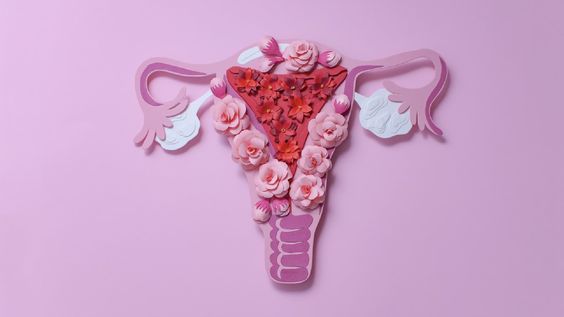
Posterior vaginal repair, also known as posterior colporrhaphy, is a surgical procedure aimed at repairing and tightening the posterior vaginal wall, particularly addressing conditions such as rectocele or rectal prolapse. During the procedure, the surgeon makes an incision in the vaginal wall and repositions and strengthens the weakened tissues, restoring normal anatomy and function to the pelvic floor.
Key Aspects of Posterior Vaginal Repair:
1. Correction of Rectocele: Posterior vaginal repair primarily focuses on correcting rectocele, a condition where the rectum bulges into the back wall of the vagina due to weakened pelvic floor muscles. By repairing and reinforcing the vaginal wall, the surgeon aims to eliminate the bulge and restore normal bowel function.
2. Improvement of Symptoms: Rectocele can cause symptoms such as vaginal bulging, pelvic pressure, difficulty with bowel movements, and discomfort during intercourse. Posterior vaginal repair aims to alleviate these symptoms by restoring pelvic floor support and addressing the underlying anatomical issues.
3. Surgical Technique: During posterior vaginal repair, the surgeon accesses the vaginal wall through an incision in the posterior (rear) wall of the vagina. The weakened tissues are then repositioned and tightened, and any excess tissue may be removed to achieve optimal repair. The incision is closed with sutures, and the vaginal wall is reinforced to provide long-lasting support.
4. Recovery and Rehabilitation: After posterior vaginal repair, patients typically experience some discomfort and vaginal bleeding for a few days. It is essential to follow post-operative instructions provided by the surgeon, including pelvic rest, avoiding heavy lifting or strenuous activities, and practicing proper hygiene to reduce the risk of infection. Most patients can resume normal activities within a few weeks, although complete recovery may take several weeks to months.
Benefits of Posterior Vaginal Repair:
– Improved Bowel Function: By correcting rectocele and restoring pelvic floor support, posterior vaginal repair can improve bowel function and alleviate symptoms such as constipation, incomplete evacuation, and fecal incontinence.
– Enhanced Vaginal Support: Posterior vaginal repair strengthens the posterior vaginal wall, providing better support to surrounding structures and reducing the risk of recurrent rectocele or pelvic organ prolapse.
– Resolution of Symptoms: Many patients experience significant relief from symptoms such as vaginal bulging, pelvic pressure, and discomfort during bowel movements or intercourse following posterior vaginal repair, leading to an improved quality of life.
– Restored Confidence: Addressing pelvic floor disorders can restore confidence and self-esteem in affected individuals, allowing them to engage in daily activities and intimate relationships without the burden of uncomfortable symptoms.
Is Posterior Vaginal Repair Right for You?
If you are experiencing symptoms of rectocele or pelvic organ prolapse, such as vaginal bulging, pelvic pressure, or difficulty with bowel movements, posterior vaginal repair may be a suitable treatment option for you. It is essential to consult with a qualified gynecologist or pelvic floor specialist to determine the underlying cause of your symptoms and discuss the most appropriate treatment plan for your individual needs.
Schedule a Consultation:
If you are considering posterior vaginal repair or have concerns about pelvic floor disorders, we encourage you to schedule a consultation with our experienced gynecological team at NileCure. Our specialists will evaluate your condition, discuss your treatment options, and develop a personalized plan to help you achieve optimal pelvic health and well-being. Contact us today to book your appointment.

